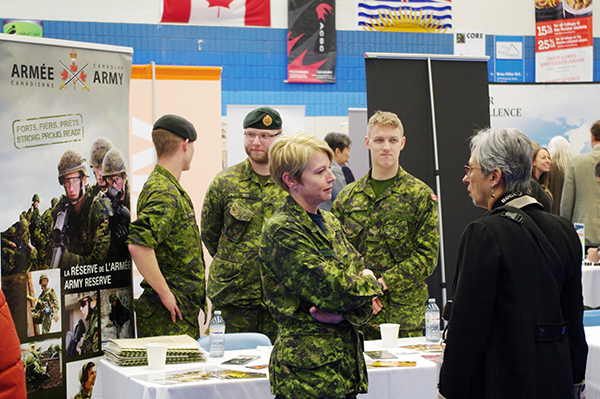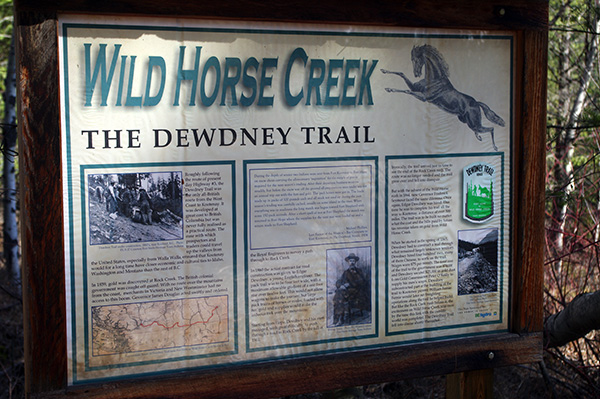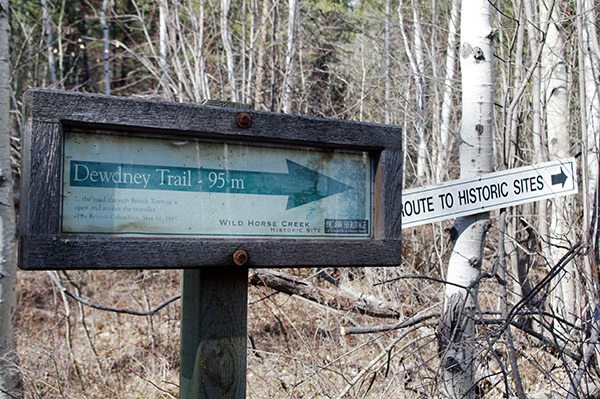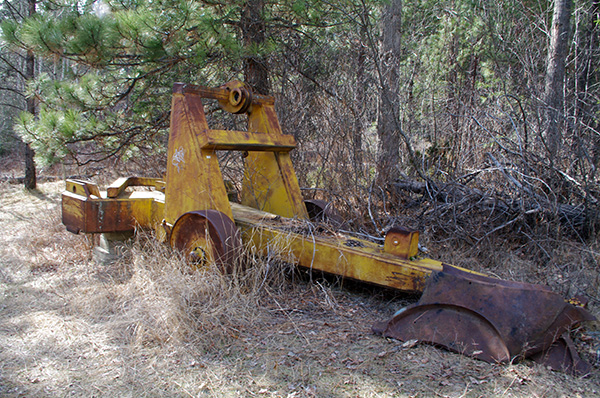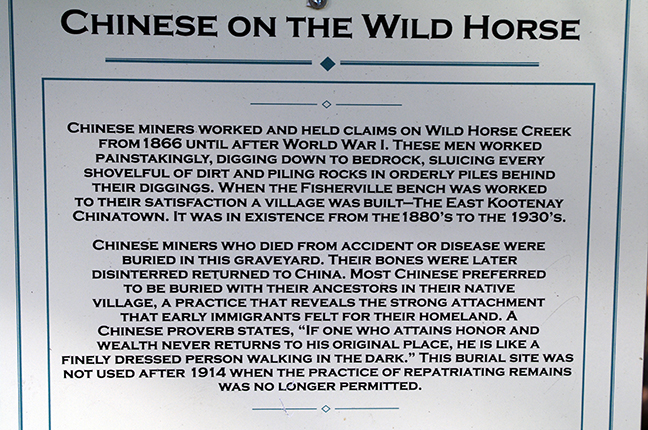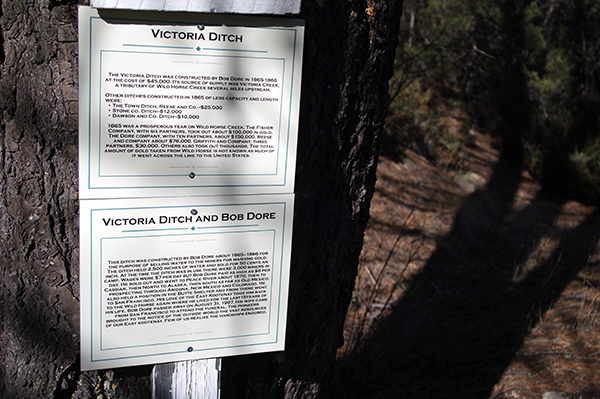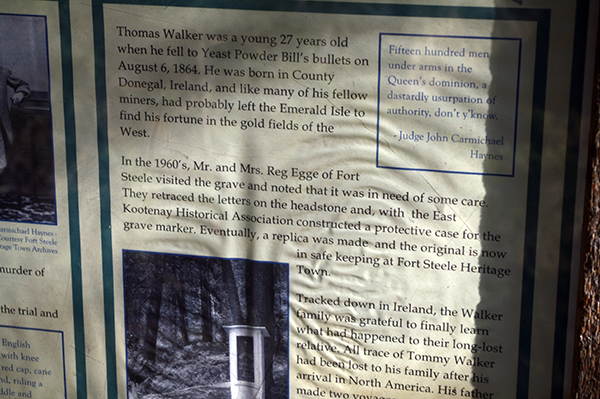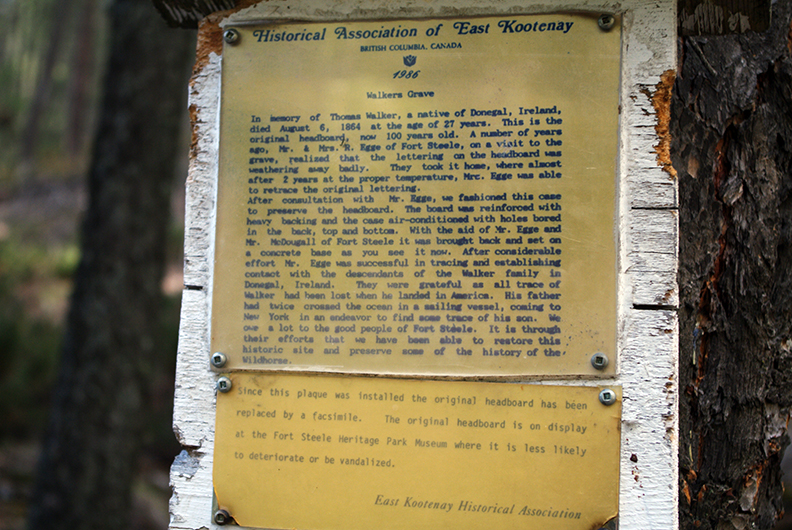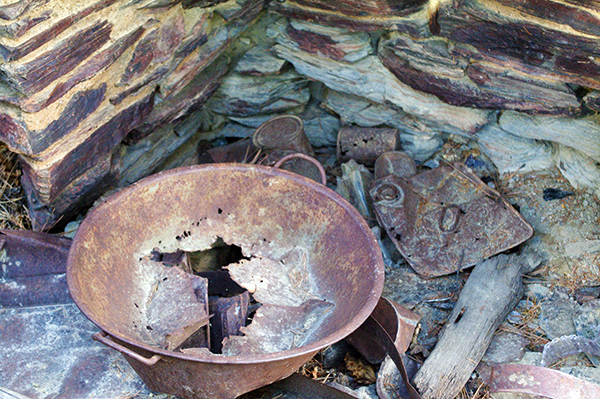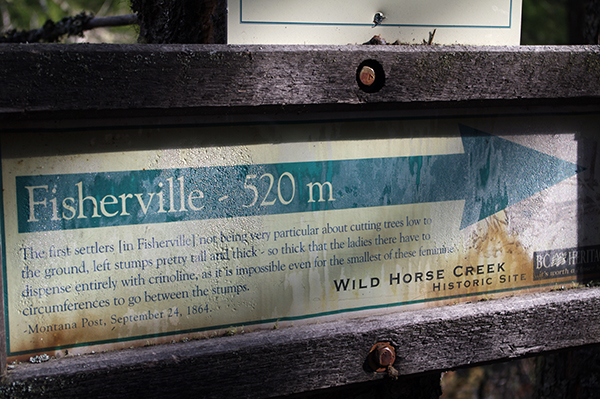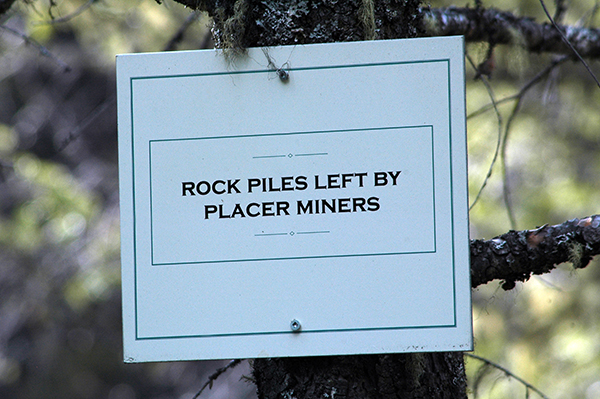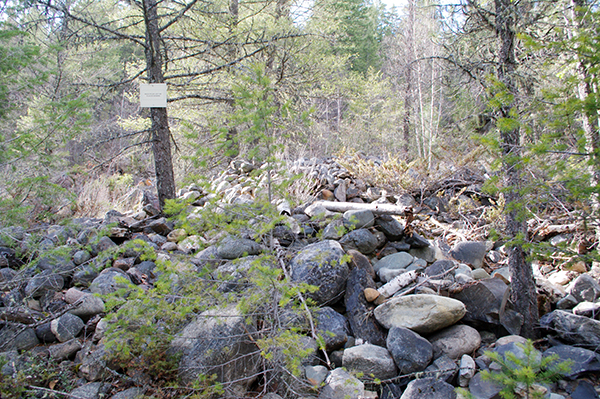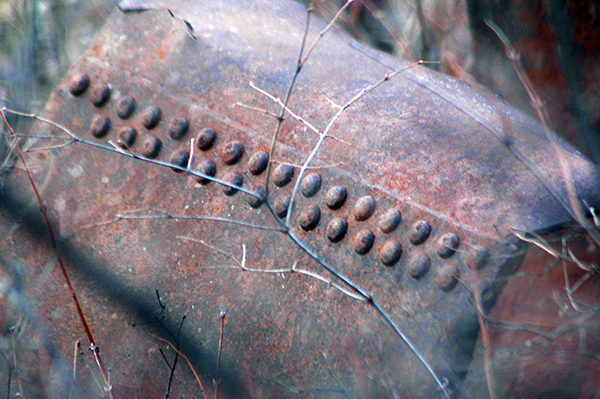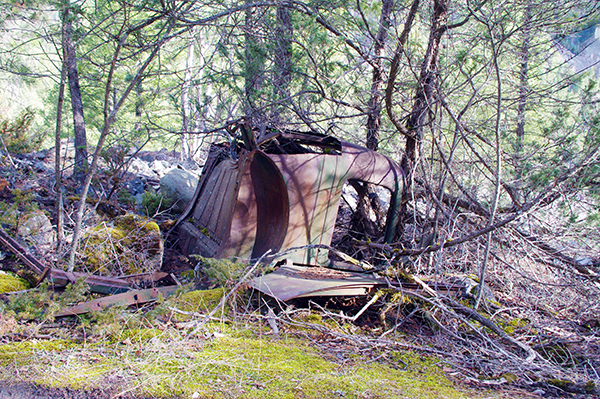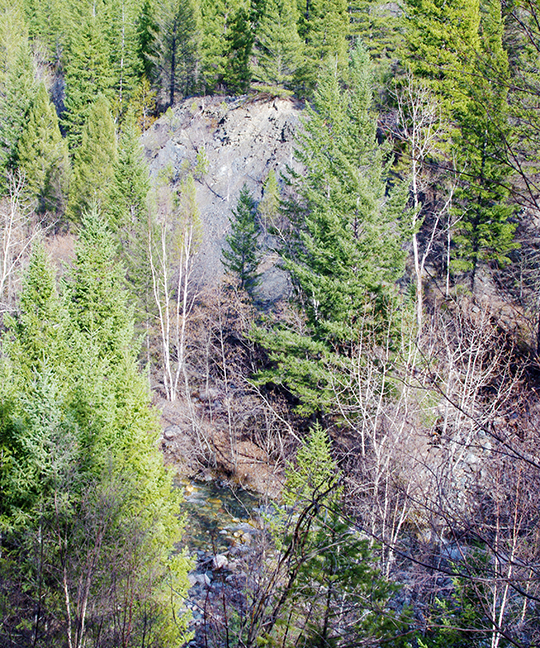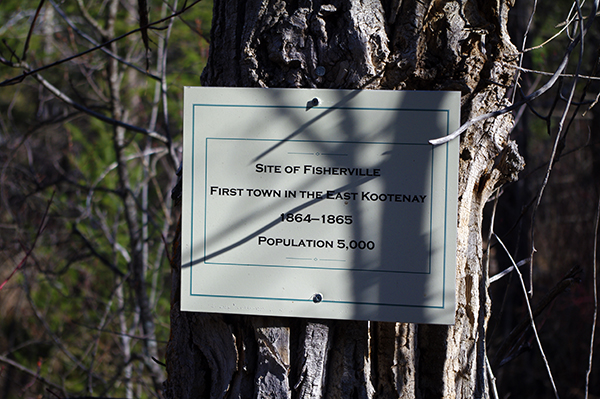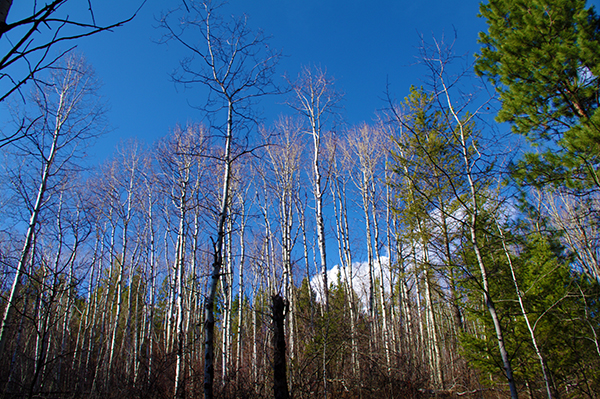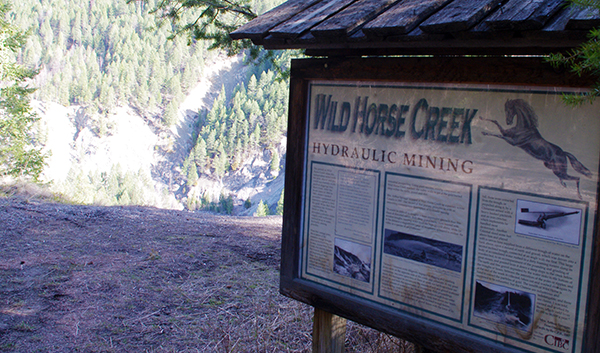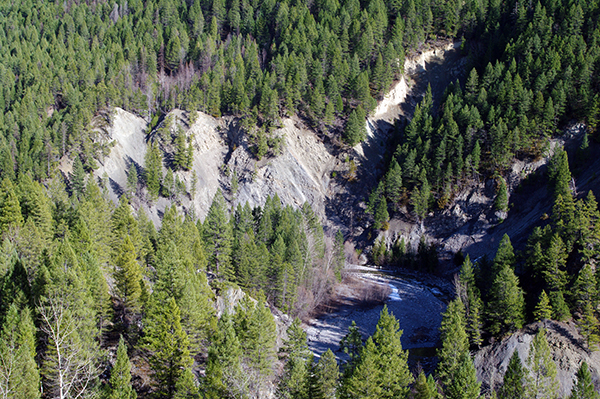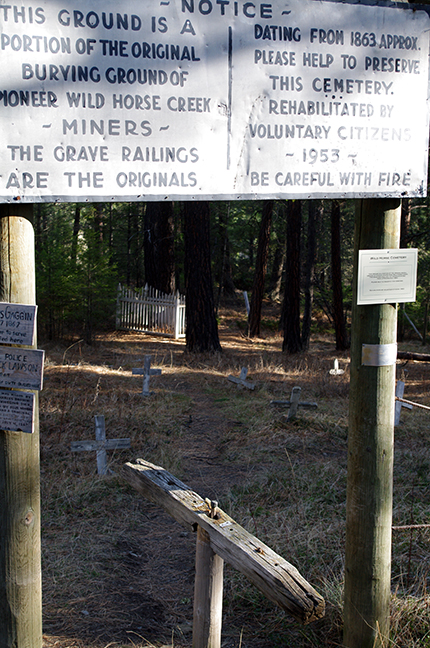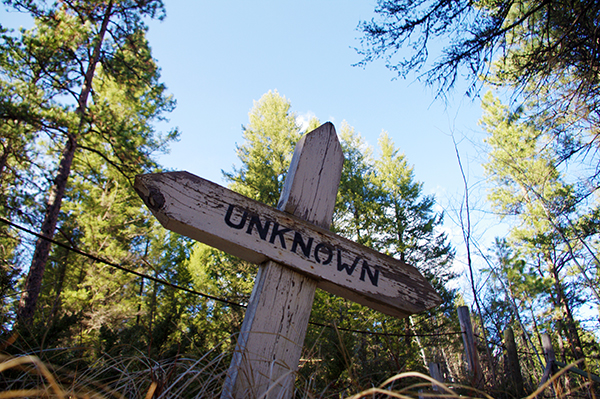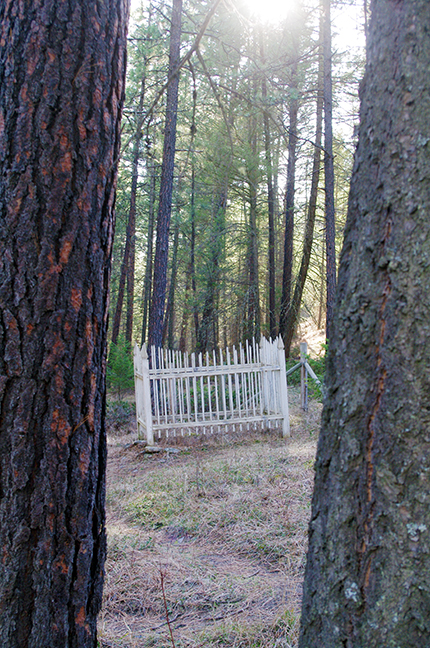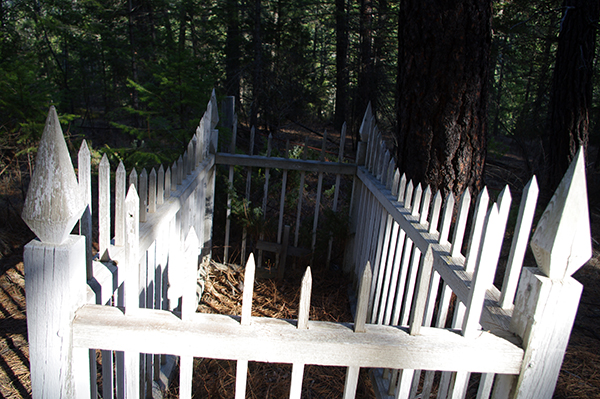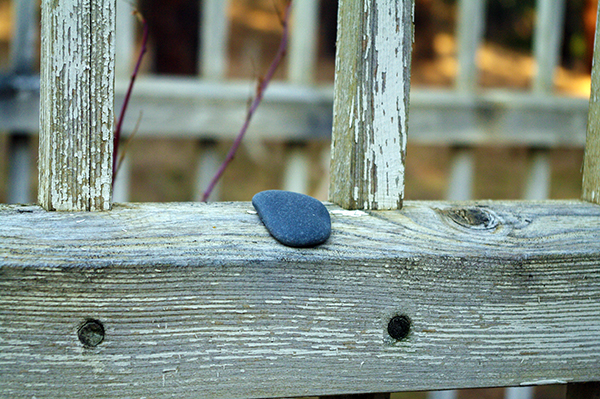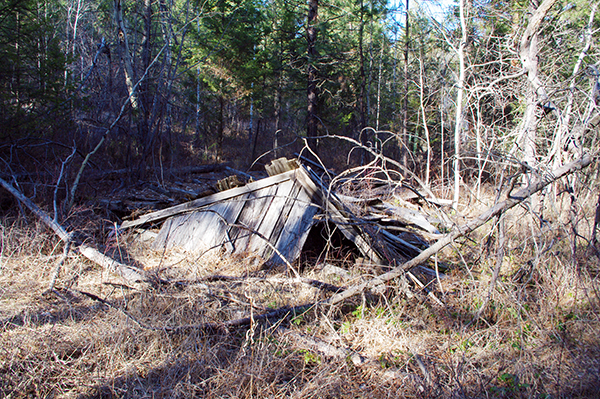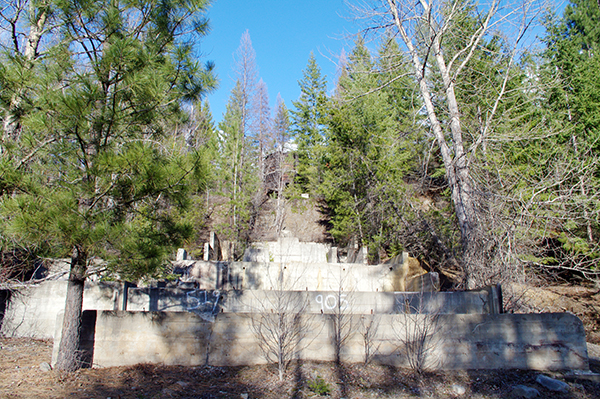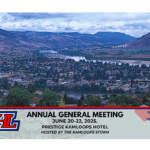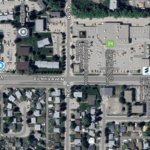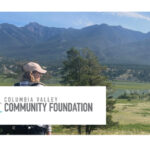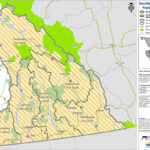Home »

March in the East Kootenay
March has become one of my favourite months because winter begins to pee off as daylight lingers longer each day.
When I lived in Winnipeg as a younger person, March was the month I hated most, apart from November, which really has no use whatsoever. March meant winter was ending; but it never did. Winter always enjoys lingering in Manitoba, oftentimes overstaying its welcome right into April as we’ve seen this past week.
But here in the Montane and Columbia forest paradise that is the East Kootenay, March can be downright gorgeous, and turn-in-a-second nasty, too.
Most of this month’s images came from an afternoon ramble around Fisherville March 22.
If you are a history buff and like a nice stroll, I highly recommend checking this heritage gem out.
Located a touch over five kilometres down the Wild Horse Forest Service Road (accessed just past the Fort Steele Esso), Fisherville is what remains of the first boomtown in the Kootenays.
Things were never the same in the Ktunaxa homeland after gold was discovered on the Wild Horse in 1863 by Jack Fisher. Fifty years after David Thompson opened the door to the headwaters of the Columbia River and inspired the imaginations of people back east, white civilization streamed into the region in search of fortunes.
By 1865, there were 5,000 plus people crammed alongside the then giving Wild Horse. Over time, settlement trickled down to Galbraith’s Ferry, later known as Fort Steele, especially after the gold strikes began to stop and prospectors headed to other gold rushes.
Mining continued along the river and an ever-shrinking settlement of one form or another remained, bearing different names, including Kootenay and Wild Horse, until the 1930s.
Today, thanks to some excellent work by a local historical society, you can hike along a circuitous trail and take in information kiosks that outline the site’s vibrant past.
From ditches and levees, to countless piles of rocks left by placer miners, to scaration in banks leading to the Wild Horse River, to old cans and other remnants of civilization, to the disinterred graves of Chinese workers, to collapsed shacks, to the storied grave of Tommy Walker, and back around to the parking lot, near the Wild Horse Cemetery with numerous graves of “unknown” residents and visitors to the first white settlement in the East Kootenay, this tour is a fascinating stroll.
The tour, with information pamphlets available to help guide you, takes at least one hour but I recommend two or more to be able to explore a bit more. Sit still and listen; close your eyes and imagine what it was like 150 years ago. So many ghosts…
For another look at Fisherville, check out The Dewdney Trail.
Other images in this month’s collection of life as it happens in the East Kootenay were taken in/around: Cranbrook; ?aqam; Fort Steele; Elko; Fernie and Sparwood.
Please click on an image to enlarge and to begin self-directed slide show…
Photos by Ian Cobb/e-KNOW


